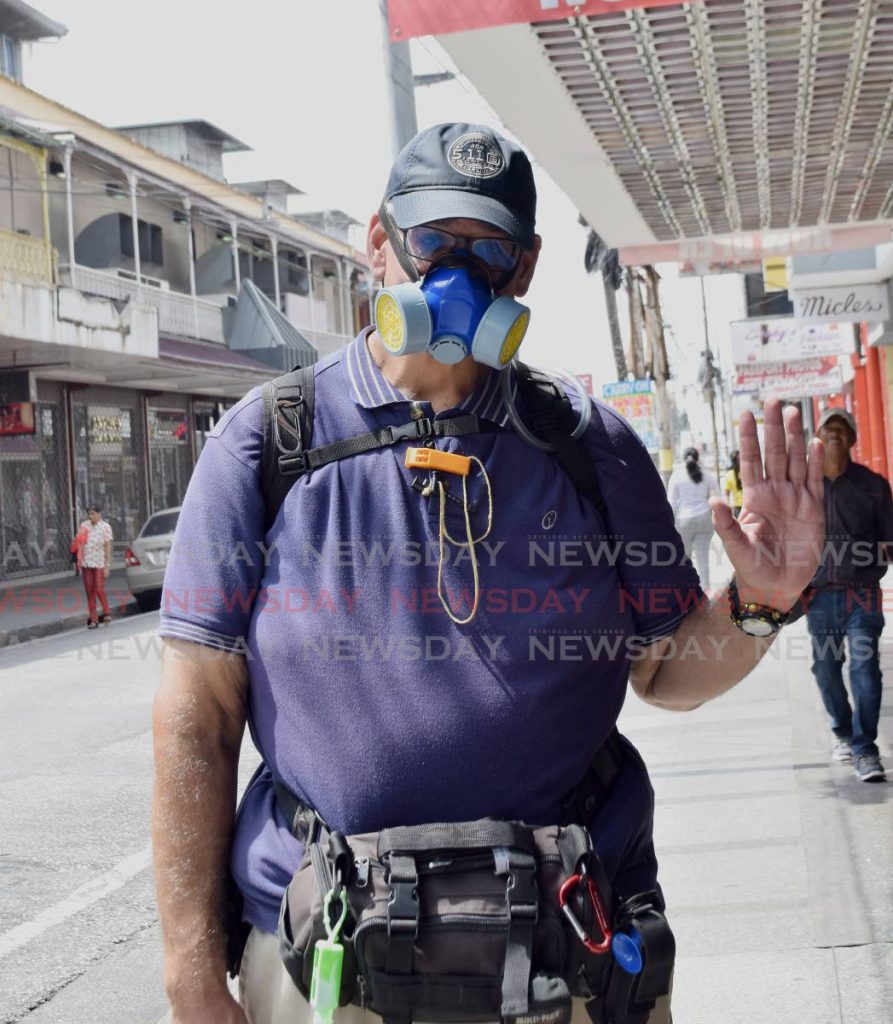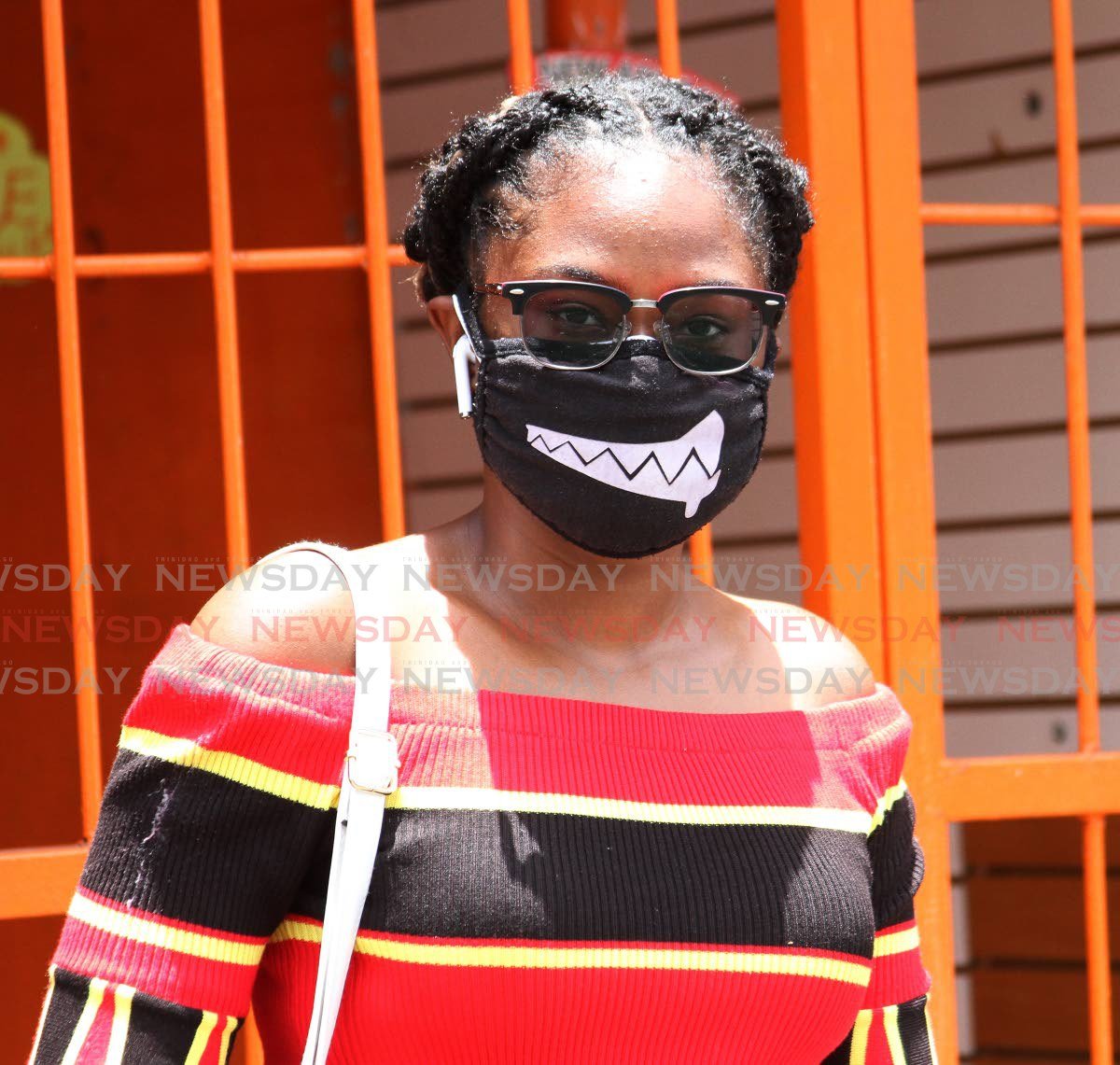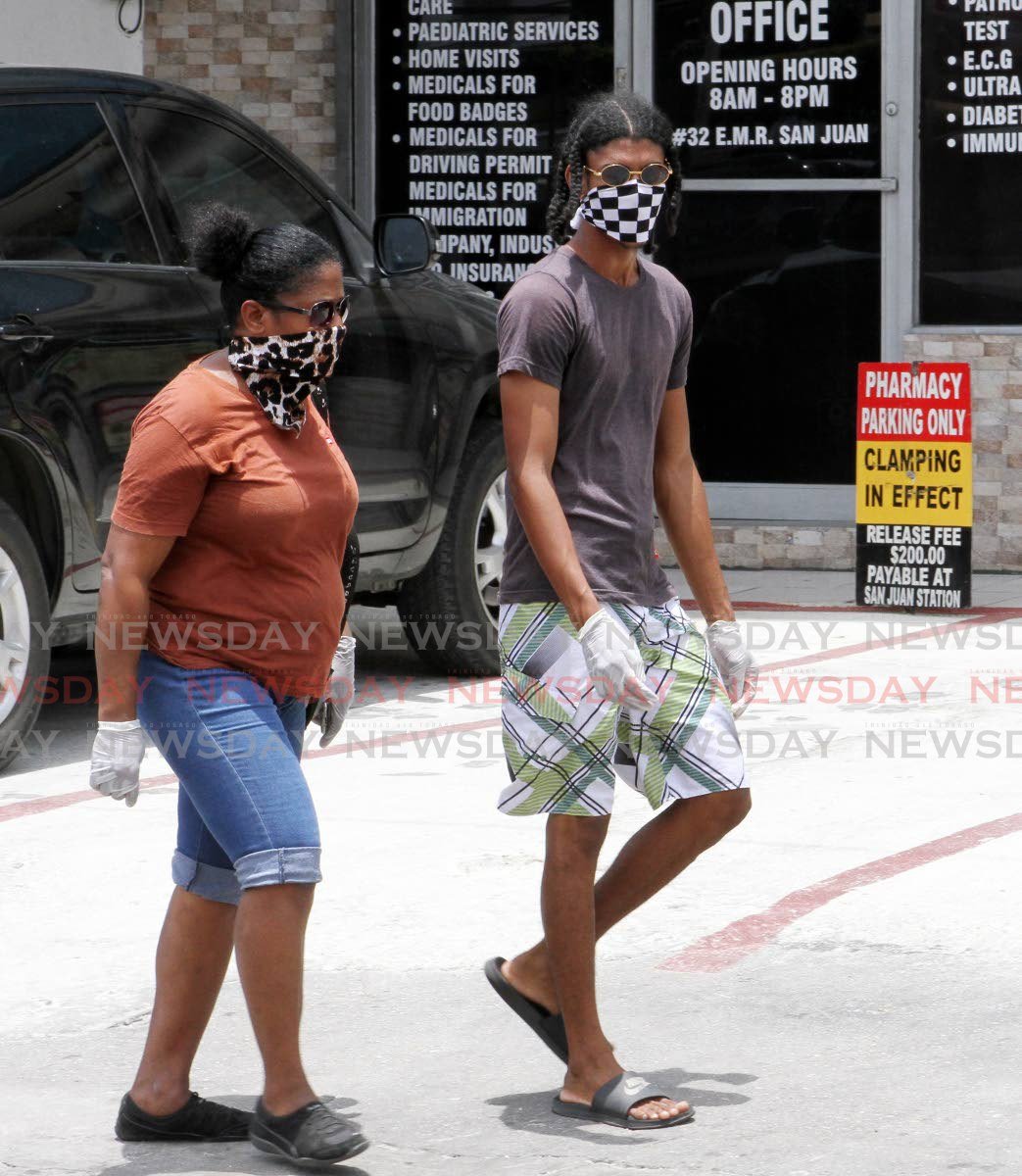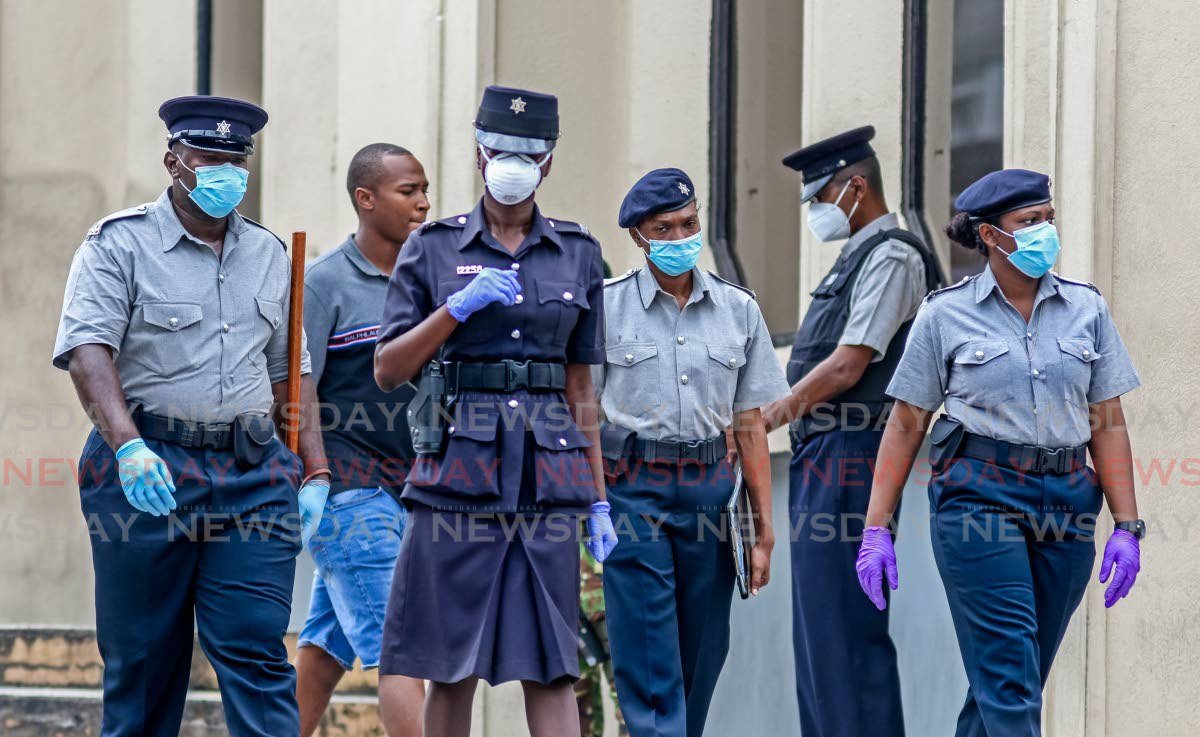Not all masks are equal

Monday’s announcement by the Prime Minister that the Ministry of Health would now be distributing masks to the public reflects the turning of the tide in the mask debate.
At a media briefing at the Diplomatic Centre, Dr Rowley said anyone venturing into public must wear a mask.
So should you wear a mask and if you do, should you wear just any mask? They don't all offer the same degree of protection.
Dr Muhammad Rahman, TT Medical Association public relations officer, said the best advice is to wear any mask as outlined by the Ministry of Health – but with some caveats.
“The data isn’t very sound one way or the other on cloth and surgical masks. But what we can say is that the low chance of harm, coupled with the potential for greater benefit to the community, means that wearing a mask is better than wearing none at all.”
The countries that have seen the benefits of mask usage are also countries with a history of mask usage, he added.
"So that as long as there is an adequate level of education about how to properly wear a mask, in terms of frequent washing and not touching the outside of the mask, then we support the ministry in the call for the public to wear masks. Accompanied by general high levels of hand washing and hygiene, too.”
While dozens of local fashion designers and enterprising entrepreneurs have begun to produce non-medical grade masks, which the public are using, the question is what levels of protection are provided by different masks as a defence against covid19.
The first choice would be an N95 mask – the kind that are now being reserved for healthcare workers and government agencies. The US Centers for Disease Control say N95 respirators, when worn correctly, block out at least 95 per cent of airborne particles.
Surgical masks have been the second go-to. These are generally more useful for visible splash or spray of fluid or large droplets. As they fit loosely, they are easier to breathe in, and more comfortable, but offer pathways for a pathogen to get around the mask still.
The cloth masks being crafted locally do serve a purpose, but offer significantly less protection than N95 respirators.
Masks can create a false sense of security, too. Because of the nature of the materials, moisture retention and the likelihood of infrequent washing, they can be a breeding ground for pathogens.
Local photographers James Solomon and Rachel Lee Young have received overwhelming demand for their hummingbird print fabric, which they are now using to make face masks. Michelle Rose, a seamstress from San Fernando, began selling masks as a favour and now has more demand than she has cloth available – which is a challenge for mask-makers, as cloth stores are not open as an essential service.
Designers like CLD and Radical Designs have been inspired by their international counterparts who have been making both medical and non-medical masks. Theirs are intended for citizens who aren’t on the frontlines, in order to reduce demand for medical masks.
The prices of local cloth/jersey masks range from $25 to $60.





Comments
"Not all masks are equal"